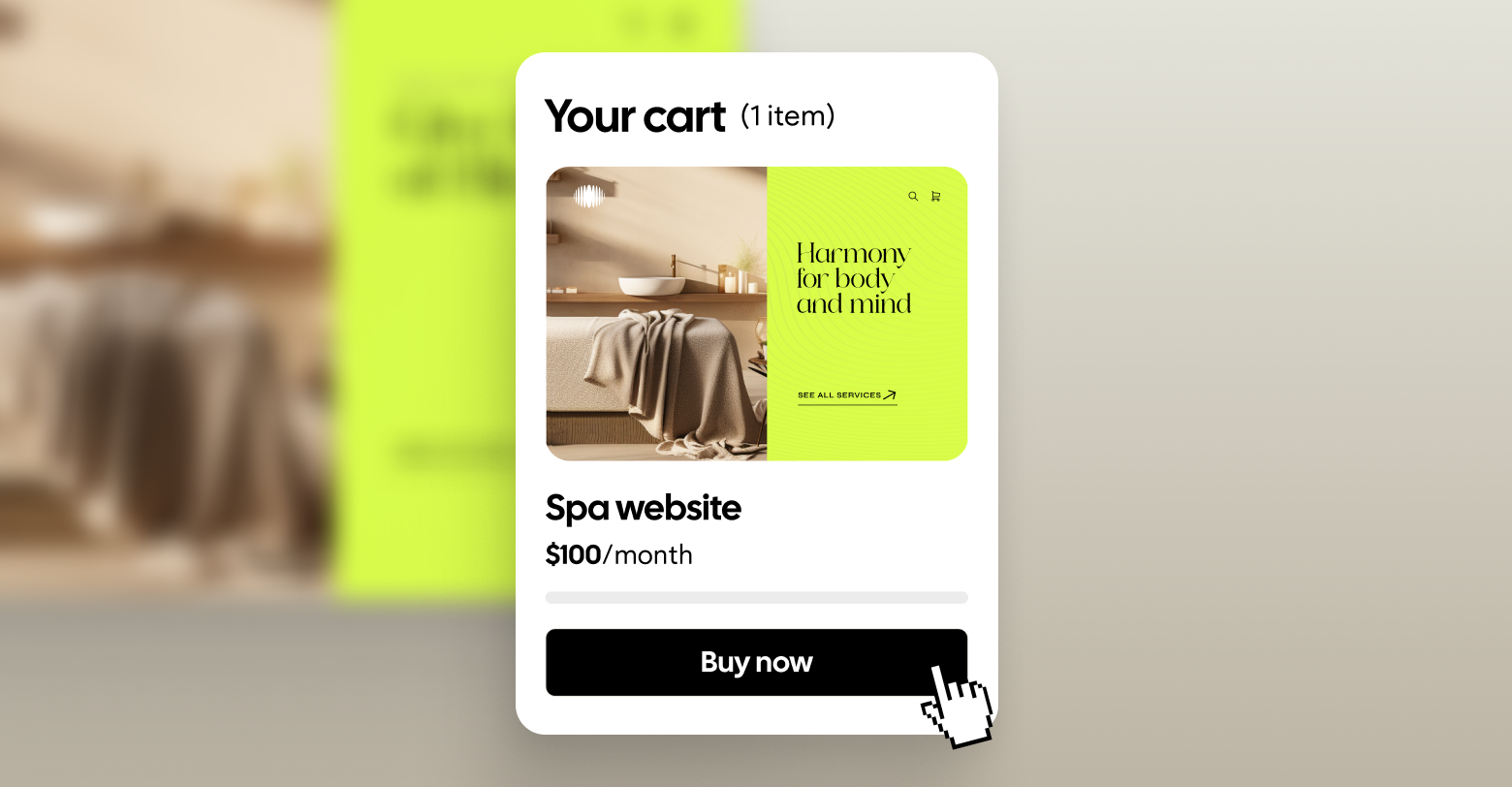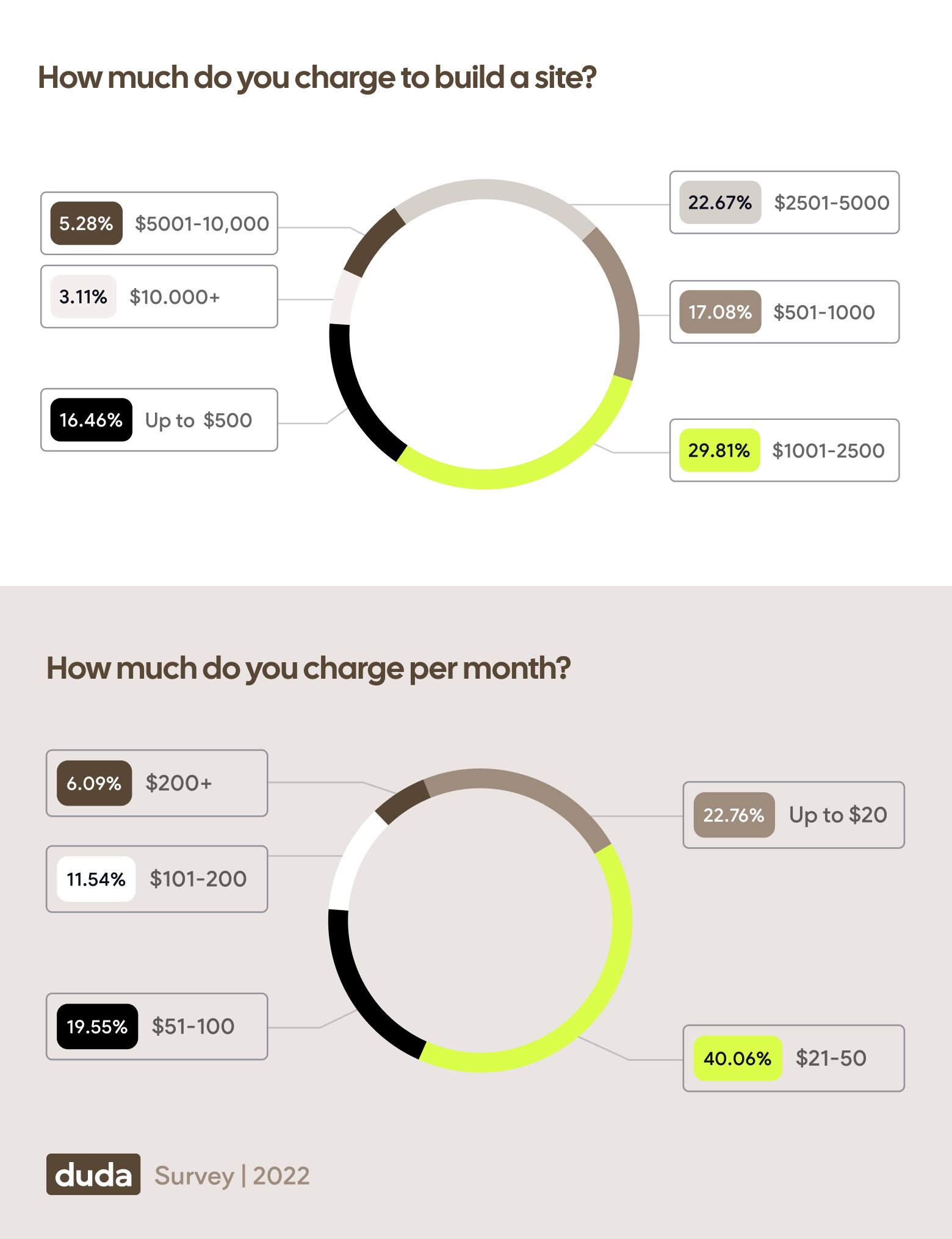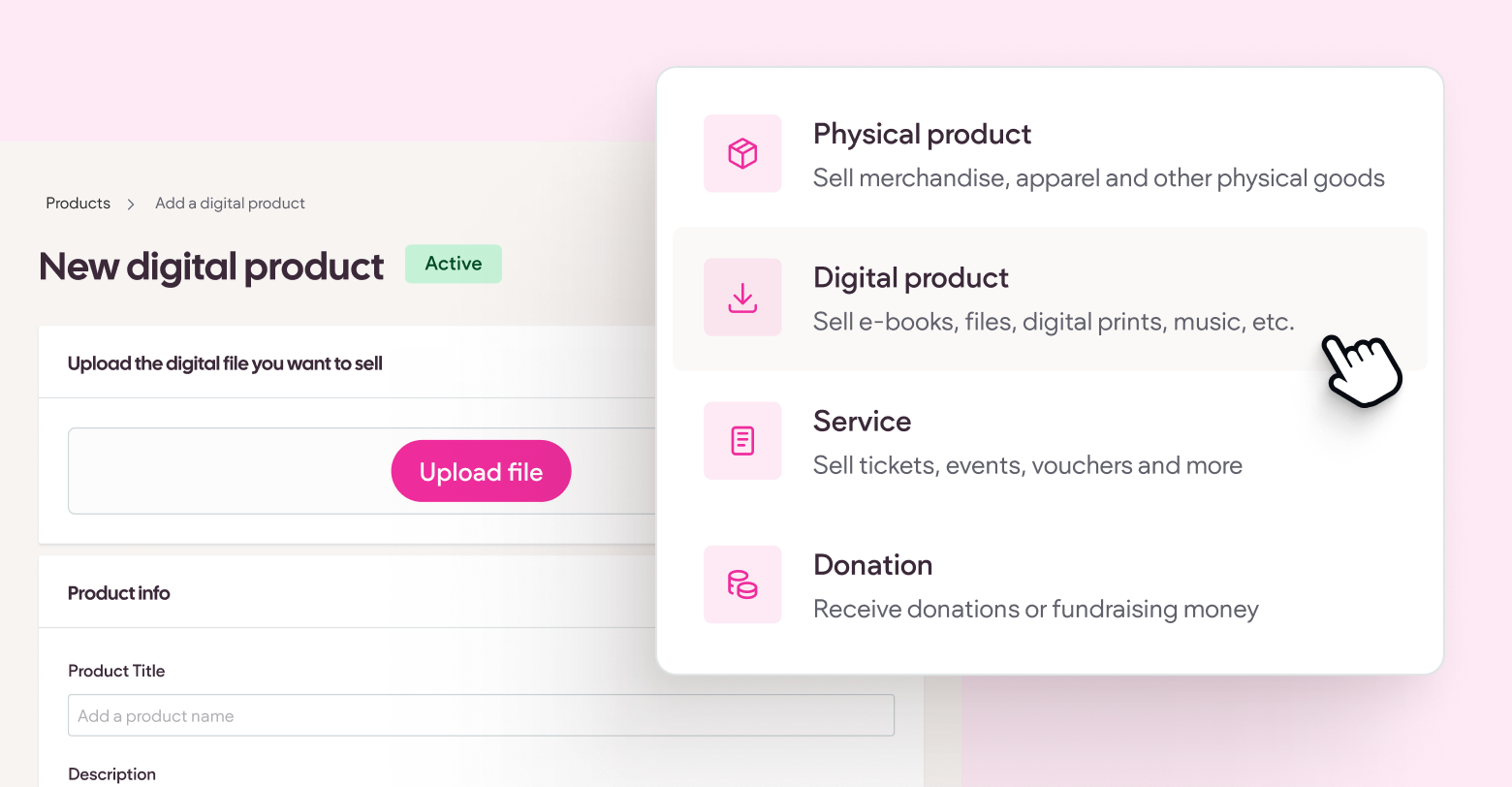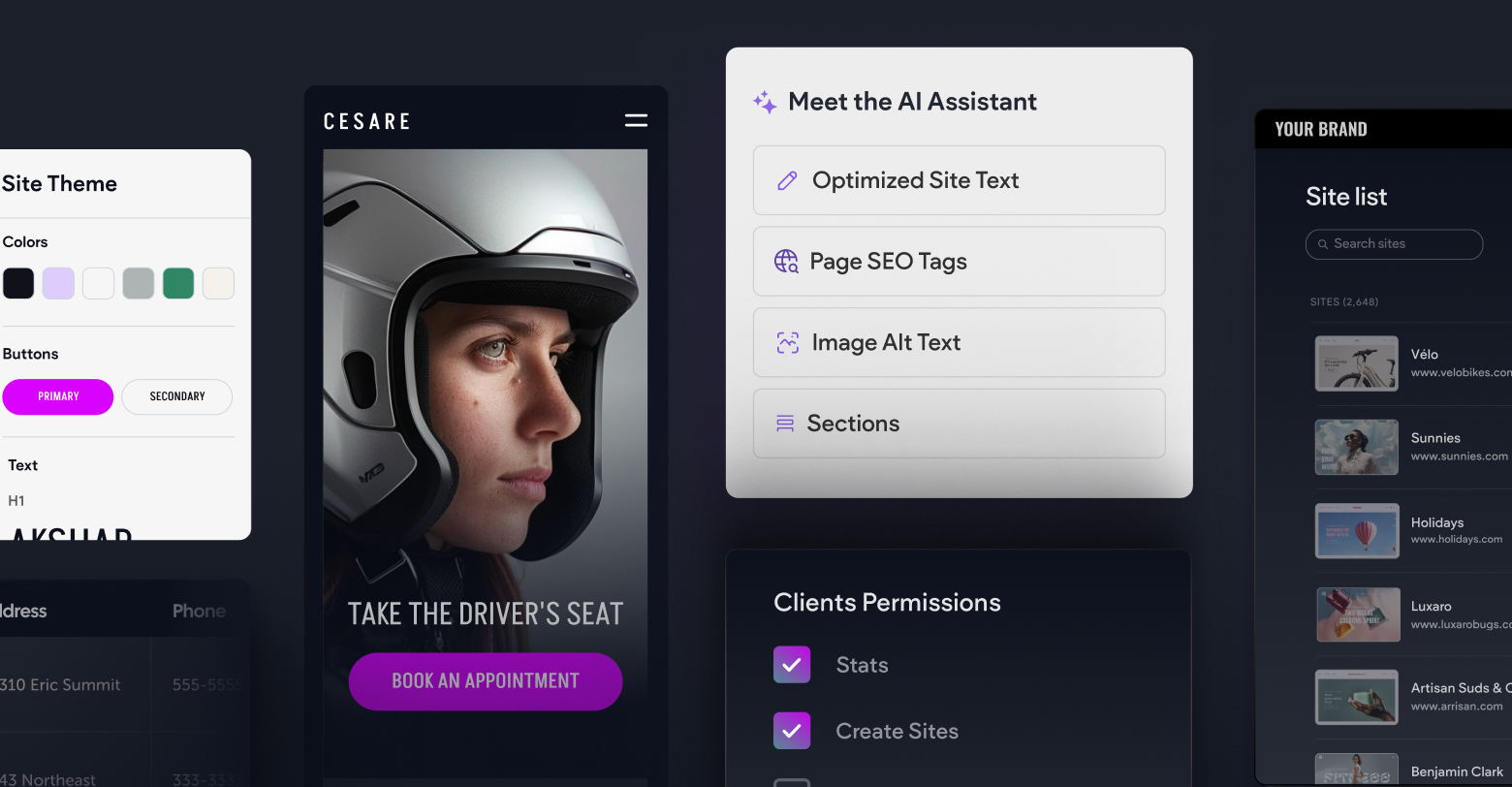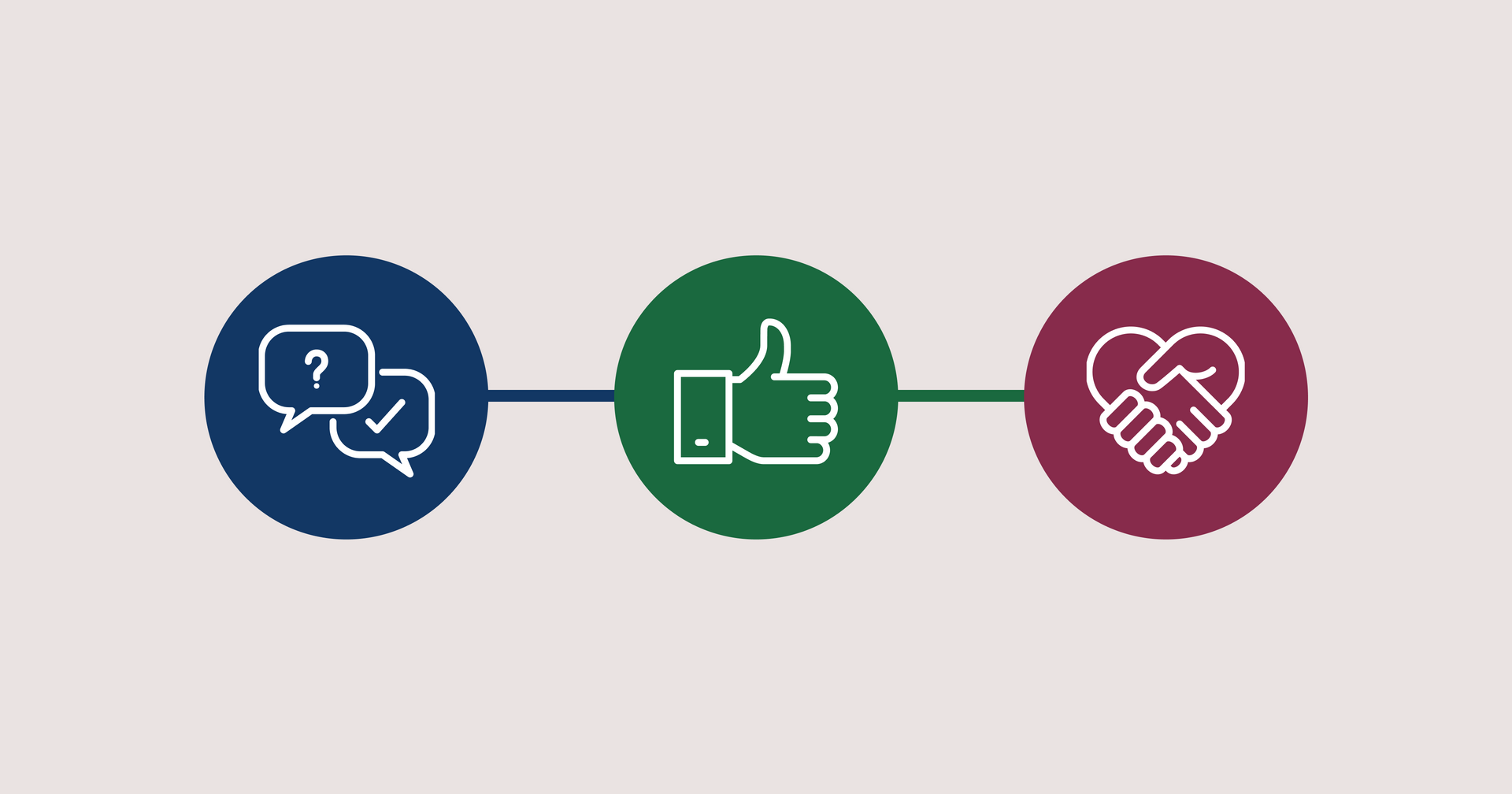Let’s knock this out upfront, if you’re struggling to price your agency’s services, you are far from alone. In a survey conducted by
Bain & Company, 85% of respondents said that they believe their pricing decisions could improve.
That’s bad news. A
famous study by McKinsey found that a price increase of just 1% equated to an 8% increase in operating profits. The opposite is true too. Setting your price 1% lower than your customers would pay lowers your profits 8% below your potential. However, McKinsey’s research assumes that volume remains unchanged, which is where pricing starts to get a little tricky.
We wrote a
similar article to this one a few months back for SaaS companies featuring James Wilton, the Managing Partner and Founder of Monevate, a firm specializing in pricing and strategy consulting for tech companies. In that article, he introduces a concept he calls the “value leak.”
Essentially, at various points throughout the pricing process, businesses have the opportunity to misprice their products or services and forfeit, or “leak,” value.
Has your pricing strategy sprung a leak?
Your services provide a tangible amount of value for your customers. Some of that value is measurable, like PPC campaigns, while others, like brand services or website design, might be a little fuzzier. Identifying how much value you’re actually creating, then helping your customers perceive that value, are the first two pricing hurdles most businesses face.
Unseen value, missed by either you or the customer, equates to a loss of potential profit. Marketing has a big impact here, if you aren’t positioning your services correctly then your customers simply will not be able to perceive the potential. How could they?
However, just because a customer can see the potential doesn’t necessarily mean they’re willing to pay that number. Price sensitive customers, particularly common among SMBs, may need you to price your services lower to fit within their budget.
This number is aptly called their “willingness-to-pay” and it is uniquely difficult to calculate. Harvard Business School recommends surveying your customers directly, or maybe even some good old-fashioned trial and error.
Finally, if you’re cutting any deals during the sales process, that’ll impact your profits as well. Concessions like reduced rates and freebies essentially lower the price of your product in aggregate, siphoning away value. Sometimes this makes sense, especially if it can help your agency win a super desirable client, but you
have to be judicious about it.
How much are other agencies charging?
We surveyed our own customers back in 2022 in an effort to better understand their businesses. The majority of respondents, almost exactly 40%, told us that they billed their clients between $21-$50 per month to host their sites. Nearly 30% told us they charged an initial build fee between $1001—$2500 for those same sites.
Of course, you can’t directly compare your prices to some other arbitrary agency’s prices. Your market, services, positioning, clientele, expenses, etc. all impact the price you can, and should, charge. Profit margin may be a more apt comparison instead.
Promethean Research found that, since 2015, the average profit margin for an agency in the US is roughly 16%. This is true for agencies across all headcount sizes, excluding studio agencies with fewer than 10 employees—they seem to be slightly more profitable.
If you combine that margin with the sum of your total costs and labor, then you may have just calculated a pretty good jumping off point for your pricing journey.
How should I structure my agency’s pricing?
Determining a price point might be putting the cart before the horse a little. You need to decide how you intend to charge your clients first.
From the trusted, reliable billable hour to more uncommon methods like value-based pricing, agencies have plenty of options to choose from when assembling their menu of services.
Hourly rates
Most agencies get their start billing by the hour, and for good reason! Hourly billing is dead simple to implement and directly rewards effort. It’s also easy to sell, because clients can easily understand it. That’s a lot of easy.
Unfortunately, the easiest way is rarely the best way. Since billable hours are linearly related to employee labor, it is far from a scalable pricing model. Cash is harder to come by with this method as well compared to other strategies.
Billing by the hour isn’t a great situation for your clients, either. They may disagree with the total number of billable hours that you charge them, or they may struggle to budget for work with an uncertain timeline. You can solve both of these concerns with an accurate estimate, but that comes with risk too. If you do more work than you initially estimated, for instance, then all you’ve done is traded one uncomfortable conversation for another.
Project-based
Hourly rates center your employees, making their expertise the product. Project-based pricing flips this idea, making the project itself the product. A lot of agencies using Duda sell their website design services this way, as a single, predetermined fee.
This structure works really well for projects with clear deliverables, and is far more scalable than an hourly rate because it doesn’t tie revenue to labor. However, it also exposes your agency to the risk of runaway projects where the labor costs exceed the project fee.
To reduce this risk, clearly define the project scope and deliverables in the contract, establish a detailed project timeline, and include a certain number of revisions within the agreed fee. Additionally, make sure to outline and communicate extra fees for additional rounds of revisions or scope changes. Regularly monitor project progress and maintain open communication with the client to manage expectations and address any potential issues early on.
Retainer-based
A retainer, popular in the legal field, is a prepaid amount of money that entitles the customer to a certain amount of work from your agency. That can either be in the form of billable hours or a predetermined number of deliverables.
An agency, for example, may charge an upfront project fee for a website then a monthly retainer that entitles their client to a certain amount of website maintenance. In fact, a lot of agencies using Duda do exactly that.
The downside here is that it transfers all of the risk to the client, many of whom may be reluctant to pay a retainer to an agency they’ve never worked with before. That’s why agencies choose to charge the retainer after the completion of a project.
Performance-based
Agencies working with identifiable metrics, like paid advertising, may choose to charge their clients based on the performance of their work. A marketing agency may charge per lead generated, for example.
This approach is a bit of a double-edged sword. On one hand, agencies receive a commensurate proportion of the value they’ve created for their clients—which seems fair! However, if a project isn’t performing well, then that agency may be investing quite a bit of time for very little reward.
Clients love this strategy because, for them, it almost completely eliminates risk. They only pay for what they get, after all. That doesn’t mean risk ceases to exist, however. Instead, the agency takes on all of the risk. If you’re even considering this model, you need to have confidence that you can consistently deliver impactful results.
Value-based pricing
Value-based pricing, according to
Function Point, ties the value of your agency’s work to the outcomes generated for the client. This is one of the most scalable pricing models for agencies because it completely separates profits and labor.
From an execution standpoint, it’s very similar to project-based pricing. You’re calculating the break-even cost of your project, then adding a margin. What sets value-based pricing apart, though, is how you set that margin.
When you use this model your margins should be proportional to the amount of value your service creates for your clients. Higher ROI work would command a higher margin. Project-based pricing, on the other hand, typically applies a set amount of margin without consideration for client value.
Earlier in the article, we discussed how businesses can leak value during the pricing process. Value-based pricing addresses all of those concerns, with all of the same caveats. Determining an appropriate margin can be a difficult task. You need to clearly articulate your product, position it well within the market, and promote it—all while being considerate of how much your ideal customers are even willing to pay.
When should I charge my clients?
So you know how much you want to charge your clients, and you know the way you intend to charge them. Now you just need to decide when you intend to send them the bill.
For any agency, sending a full bill up-front is the most desirable option. It minimizes risk and maximizes cash liquidity. Keep in mind, though, that this is not an option for agency’s billing by the hour.
Some clients may be wary to pony up without seeing any work. In those scenarios, a split may be more appropriate. 50% up front and 50% upon completion is a very common option that still gives your agency some capital to cover expenses like employee wages.
Charging upon completion is another option, but not one we’d recommend. Ideally, you would collect at least some form of deposit before beginning work. For a dependable client with a great reputation, especially one you’d really like to work for, then this could maybe be an option.
For many agencies, billing isn’t a one-and-done event. Recurring payments are extremely common, especially when using a retainer-based pricing model or when selling products with ongoing costs like websites. Just like one off payments, you can choose to bill before, during, or after the service has been provided.
Whatever you decide, you need to be ready to enforce it. That means discontinuing your service if a customer is unable to pay, and invoicing consistently at whatever interval you’ve both agreed upon. There are tools, like our own
client billing feature, that can automate this process to make things a little easier.
Putting it all together
Pricing is a crucial component in the success of your agency, but is also a uniquely personal one. The amount you charge your clients impacts more than your bottom line, it’s a reflection of your brand and the quality of work you produce.
Consumers relate price with quality, and your positioning should eagerly reflect that truth. It is also a reflection of scarcity and expertise. A boutique, verticalized agency serving high-earning clientele, like the medical field, can probably charge more than a generalist agency in a rural community.
You’ll need to strike the right balance to price your products in a way that reflects the quality of your brand and delivers the profit margins you need to survive and thrive without alienating your clients. It isn’t easy, but the work is well worth it.



